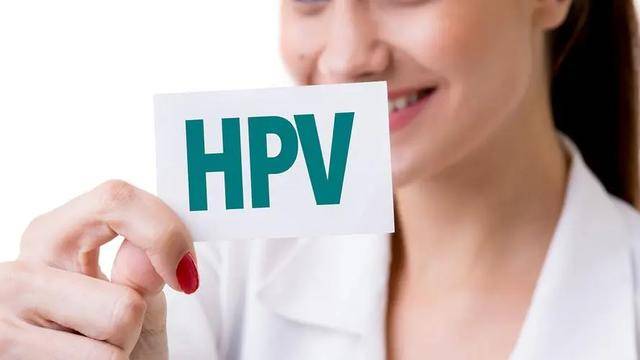Human papillomavirus, abbreviated as HPV, is a common sexually transmitted disease that can lead to various conditions, including genital warts and cervical cancer. There are multiple ways in which HPV can be transmitted, one of which is often overlooked but must not be underestimated.
1. Sexual contact is one of the most common routes of HPV transmission
Sexual contact encompasses intercourse, oral sex, anal sex, etc., all of which increase the risk of HPV infection. Particularly, changing sexual partners frequently increases the chances of HPV transmission. Therefore, using condoms correctly and maintaining stable sexual relationships are important measures to prevent the spread of HPV.
2. Direct contact is another common route of HPV transmission
HPV can spread through skin contact, for example, through handshakes, hugs, or kisses with an infected individual. Additionally, sharing towels, clothing, etc., could lead to HPV transmission. Therefore, maintaining personal hygiene, avoiding direct contact with infected individuals, are crucial steps in preventing HPV transmission.
3. Vertical transmission is a relatively less focused HPV transmission route
Vertical transmission refers to a mother passing HPV to her newborn. This mode of transmission can occur during childbirth, especially if the mother has conditions such as genital warts or cervical cancer related to HPV. Hence, pregnant women should undergo regular prenatal checks during pregnancy and receive appropriate treatment before delivery to reduce the risk of vertical transmission.
4. Indirect transmission is an easily overlooked route of HPV transmission
Indirect transmission involves the spread of HPV through contaminated objects or environments. For instance, using towels, clothing, etc., previously used by an infected individual, or using public baths, changing rooms used by an infected person could result in HPV transmission.
Therefore, maintaining personal hygiene, avoiding the use of others’ personal items, and regular cleaning and disinfection of public spaces are important measures to prevent HPV transmission.
Although there are multiple ways in which HPV can spread, one of the most overlooked is indirect transmission. People often concentrate more on sexual and direct contact transmission routes, overlooking the risks of indirect transmission. Nevertheless, the risks of indirect transmission are equally significant, and one should not be negligent.
5. To prevent the transmission of HPV, various measures need to be taken
Firstly, enhancing sex education, increasing awareness of HPV transmission routes, and emphasizing the importance of correctly using condoms. Secondly, maintaining personal hygiene, avoiding direct contact with infected individuals, and refraining from using others’ personal items.
Moreover, pregnant women should undergo regular prenatal checks during pregnancy and receive appropriate treatment before childbirth to reduce the risk of vertical transmission. Lastly, regular cleaning and disinfection of public spaces to minimize the risk of indirect transmission.
Summary: There are multiple ways in which HPV can spread, including sexual contact, direct contact, vertical transmission, and indirect transmission. Despite the focus on sexual and direct contact transmission routes, the risks of indirect transmission should not be disregarded.
To prevent HPV transmission, we need to enhance sex education, maintain personal hygiene, undergo regular prenatal checks, and routinely clean and disinfect public spaces. Only by doing so, can we effectively prevent the spread of HPV, safeguarding our health and others’ well-being.


